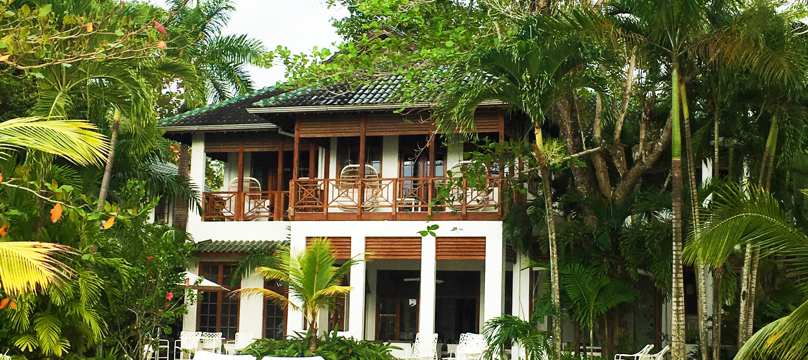
The elegance and unique design of the West Indian Colonial style, influenced by centuries of European occupation, never really lost its significant admiration by those embracing the mix of cultures and the creativity shaped around natural elements and sophisticated craftsmanship. This vibrant colonial style which delivers an effortless and relaxing feeling is the fruit of time and clever solutions resulting in long lasting home in a land more hostile than we think just looking at it. In fact, most of the design elements which characterize this style are not just there to decorate but vital in hot and tropical climate.
Those with an appreciation for fine arts, authentic creations and distinctive expressions part of our past, would say that the old savoir-faire remains an inspiring influence wether it is in fashion, art or design.
Today, the Caribbean islands are the oldest colonial heritage in the western hemisphere. Even though most of plantations, furnitures, designs and other decorative elements have been lost, the glorious 18th century style reminiscent of cosy and exotic charm hasn’t been completely forgotten and it is mostly across rebuilding and photographs from colonial conservators that it prevails.
Through the eyes of Michael Connors, antiques dealers and precious reporter of the last authentic Caribbean plantations, or just looking at the extraordinary colonial designs in Barbados and Mustiques revisited by Oliver Messel, there is no deny that the unique West Indian decor will always find a way to glow and connect with cosy-elegance enthusiasm. It seems that the Caribbean have rediscovered their incontestable and ever-more sophisticated sensitivity to land, material and the relationship between the two through the natural and vintage style.
Here are our favorite destinations to revisit the treasure of the West Indian Colonial style:
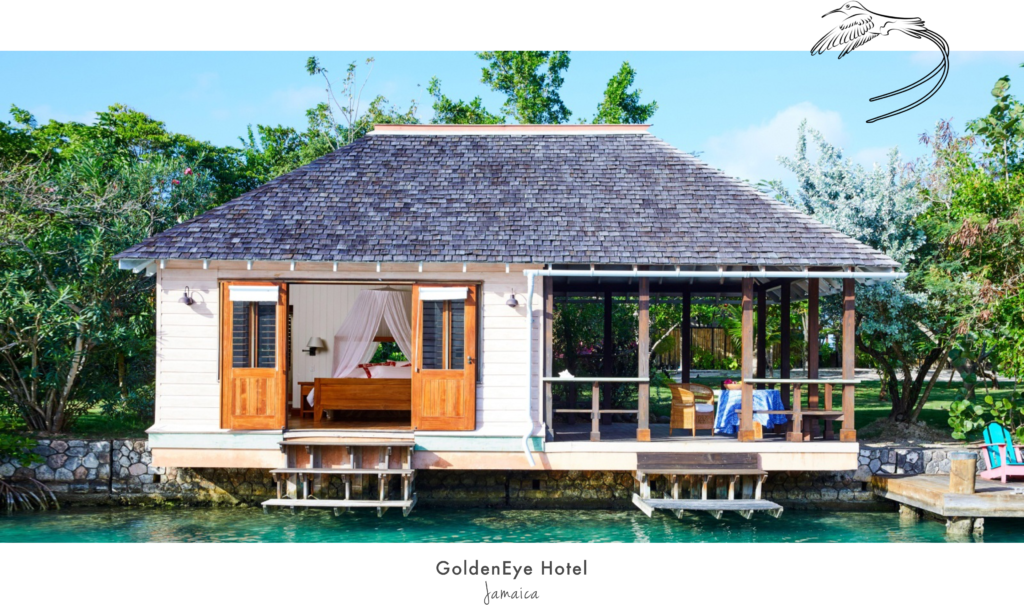
A pioneered property created by British author Ian Fleming in the 1950’s. It started first with a simple, open-air house with giant windows where he liked to sit and gaze out at the sea. Transported by this blessing location, he wrote the famous spy thrillers, James Bond, making both of them icons. Today, GoldenEye is as shining as an unpretentious-yet-high-end boutique hotel, its cabana-style beach houses are supremely comfortable with wooden structures, canopy bed, luxurious linen and local colonial-inspired touches.
.
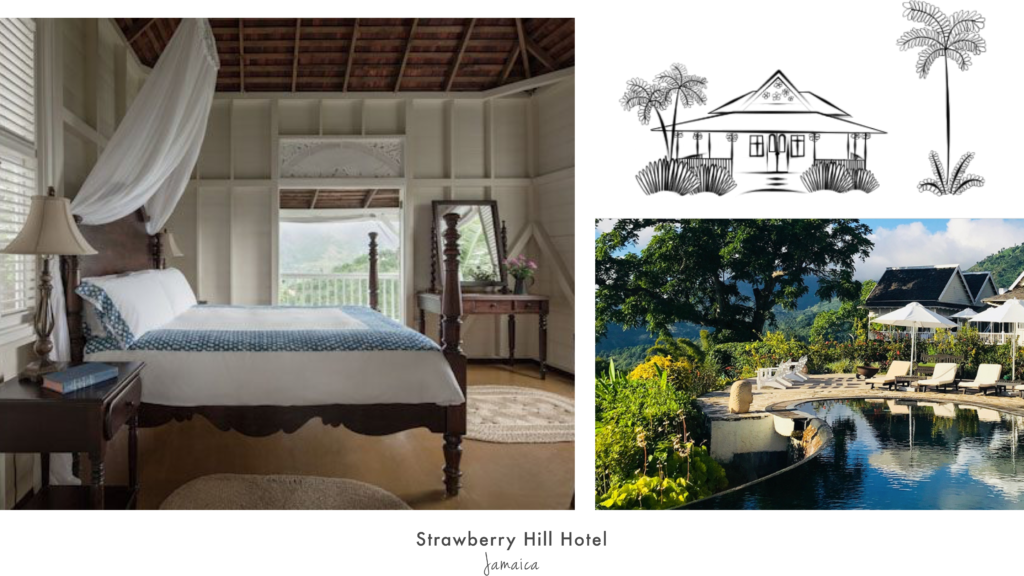
Setting high in Jamaica’s Blue Mountains where you can find one the best coffee for connoisseurs, the Strawberry Hill delivers an authentic island elegance. With 13 cottages designed in traditional 19th century colonial style, this is one the finest West Indian delight. Named after the old strawberry plantation, the retreat hasn’t lost the least of its charm, with original antiques, canopy bed, hand-carved fretwork decorating the cottages, oversize hammocks and local cuisine. This is the perfect place for a total immersion and exotic experience.
.
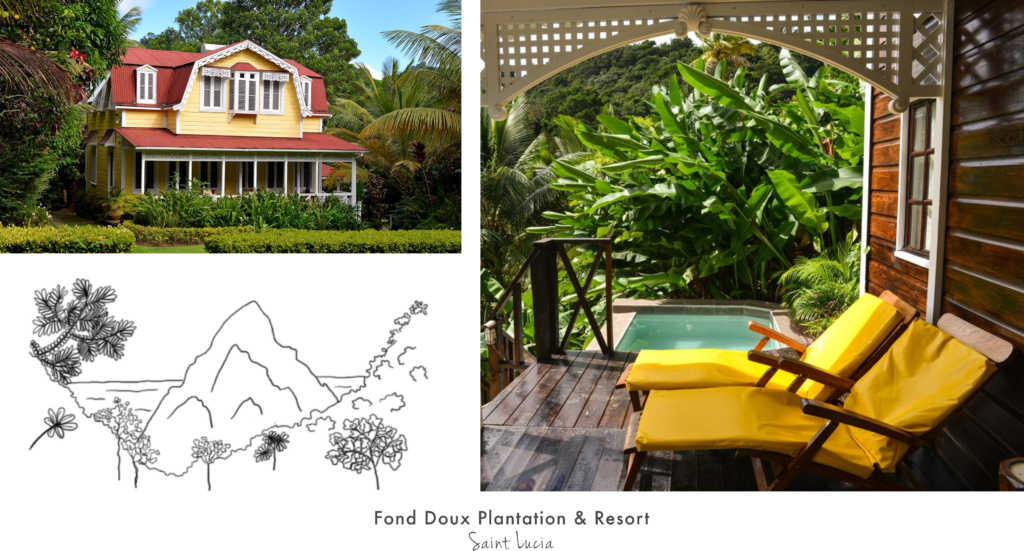
Nestled in the heart of Saint Lucia lush rainforest, near the famous volcanos, this resort offers one of the most authentic experience of the Caribbean. Fond Doux Plantation, which is still in activity for those curious enough to learn how to make chocolate, is a 19th century colonial resort with 15 historic preserved cottages, all uniquely restored and decorated with gleaming wood floor, canopy bed, relaxing verandas and locally made bamboo furnitures.
.
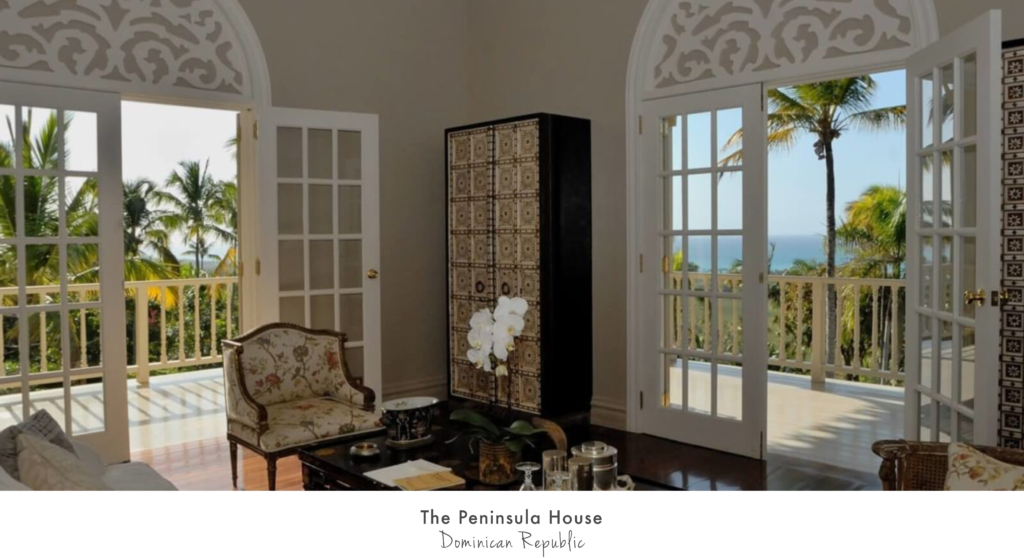
Designed by architect Serge Robin, this plantation-inspired hotel is everything you wish to see in an 18th century colonial style. The elegant design feature traditional gingerbread trim, wrap-around veranda and spectacular ocean views surrounded by a jungle of palm trees (with a cooling breeze in complementary).The magic doesn’t stop here, inside it is as entering a museum, the art and antiques collection is exceptional, Kilim rug, vintage couch and chairs, luxurious linen, elegant tablewares, every details is a reminder of the past, coming from all the antiques, brocantes and flea markets of the world (South France, Turkey, Brazil, China). The colonial vibe is breathtaking. With only 6 guest rooms, the Peninsula House is a fine place to live like before for a short moment.
.
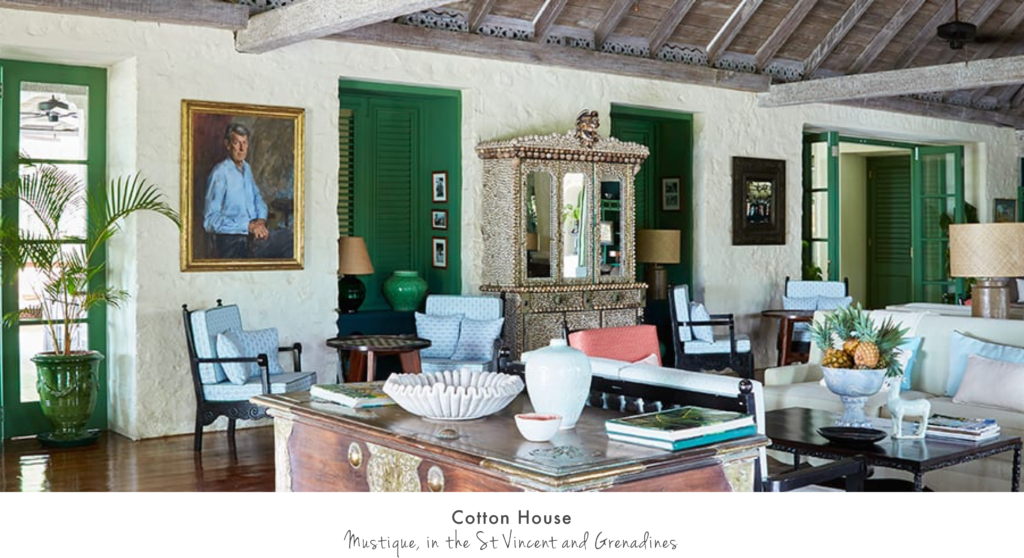
Regardless the extravagant cost of this holiday destination, the Cotton House is an iconic West Indian resort with a beautiful colonial-meets-contemporary style. First designed by the renowned Oliver Messel in 1968, the hotel has been recently restored by award winning architect Tristan Auer with one request, to maintain the original features and conserve Messel’s master style, charm and character. The Great Room and Veranda, former cotton barn, which serves as the resort’s centerpiece, is still very charismatic of the colonial style with stone walls painted coral, locally made furnitures and a number of Messel’s signature touches. The 18th century Sugar Mill, built in coral stone is now used as a boutique-museum for all the historic memories of the island and the Garden Suite and Coutinot House have been also refurnished drawing inspiration from the island’s founding designer, Oliver Messel.

As you might have noticed, the English Colonial Style is perhaps the most preserved and admired of all colonial decors. Furnitures and flooring take their utilitarian influence from tropical environment using local wood such as teak, mahogany, mango selected to absorb much of humidity. Bamboo is also a popular material for bedding. Tall, rounded windows or garden doors are an elegant touch often found in British Colonial style. Paintings with tropical landscapes, larges plants and orchids are used as trompe l’oeil effect adding depth and drama to the rooms. Natural colors (white, off-white, coral, pale green, yellow and blue) are known to be vital for a cooling feeling in a very hot climate. Verandas were designed to enjoy the outdoor at its best, blocking the sun and keeping the home fresh. Same with the very high ceilings to trap the heat. Decorative elements, appliances and furnishings are selected to contrast between the dark color wood and neutrally toned elements such as honey colored caned, bone, shells, seagrass throw rugs, chalky carolina coral stone.
Share this Superb article – print | twitter | facebook | pinterest | email